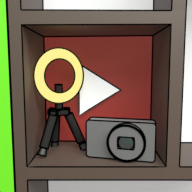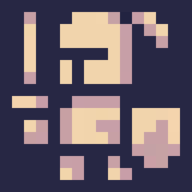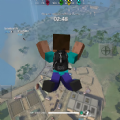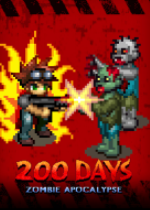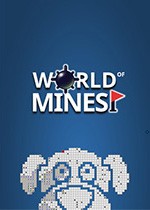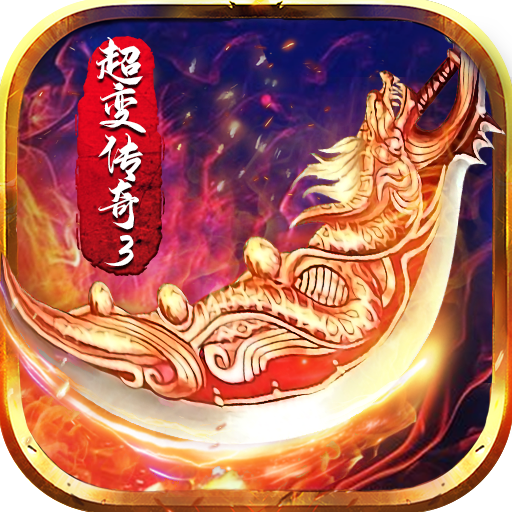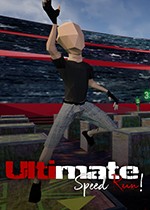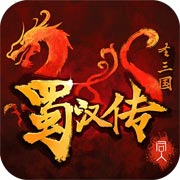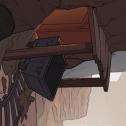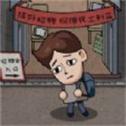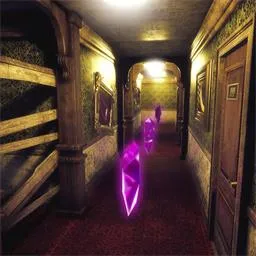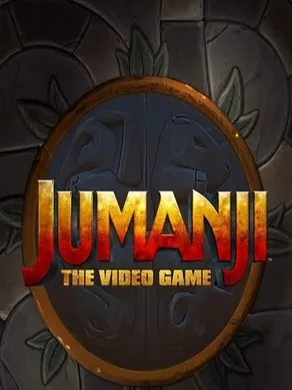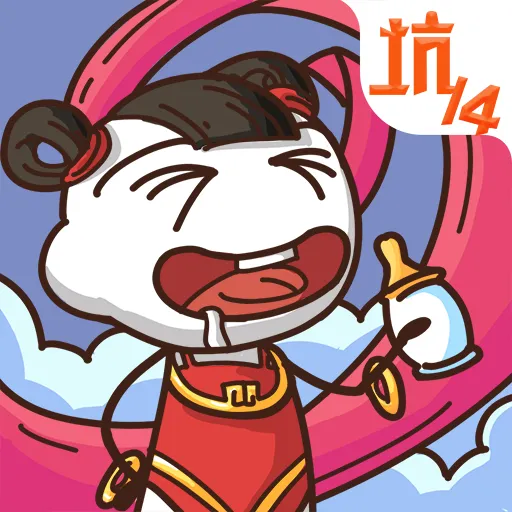Urban games are a form of pervasive game, that enables the player to interact with their real-world surroundings in a playful manner. As Urban games are a fairly new phenomenon, with the first games emerging in the 1990s, a strict definition is hard to come by. However, we can find a couple of traits that all urban games share: For one, an urban game is played in public spaces, oftentimes these spaces are within a city, but they can also take place in the wilderness.
都市游戏是一种沉浸式游戏形式,它使玩家能够以一种有趣的方式与现实世界的环境互动。由于都市游戏是一个相当新的现象,第一批游戏出现在 1990 年代,因此很难获得严格的定义。然而,我们可以找到所有都市游戏的共同特征:首先,都市游戏是在公共空间进行的,这些空间通常位于城市内,但它们也可以发生在荒野中。
The use of real-world locations enables players to transform their surroundings into a playing field and thus invites them to interact with their surroundings in ways that traditional games would not permit. The final attribute that all urban games share, is the use of technology such as GPS, communication devices, and the internet, to coordinate the game and navigate through the space.
使用真实世界的地点使玩家能够将他们的周围环境变成一个游戏场地,从而邀请他们以传统游戏不允许的方式与周围环境互动。所有都市游戏共有的终极属性是使用 GPS、通信设备和互联网等技术来协调游戏并在空间中导航。
As most urban games use aspects from the real world as a core part of the game, we might notice that Huizinga’s Theory of the magic circle does not apply entirely to these types of games.
由于大多都市游戏都使用现实世界的某些方面作为游戏的核心部分,我们可能会注意到Huizinga的“魔法阵”理论并不完全适用于这些类型的游戏。
Huizinga’s theory on play states, that play is something “Outside of ordinary life” and with their own proper boundaries of time and space according to fixed rules and an orderly manner.”
Huizinga的游戏理论指出,游戏是“在普通生活之外”的东西,根据固定的规则和有序的方式,有自己适当的时间和空间界限。
In urban games, the boundaries of the magic circle are much more permeable than in traditional games. Real world instances can influence play at any time and must be accepted by the player.
在都市游戏中,“魔法阵”的边界比传统游戏中更具渗透性。现实世界的事件可以随时影响游戏,并且必须被玩家接受。
For example: In the game Pac Manhattan a group of players, dressed as the ghosts from Pac Man hunt down a single player disguised as Pac Man. Throughout the game, the players have to adhere to the rules of traffic and pedestrian crossings.
例如:在游戏"吃豆人曼哈顿"中,一群玩家打扮成吃豆人的幽灵追捕一个伪装成吃豆人的玩家。在整个游戏中,玩家必须遵守交通和人行横道的规则。

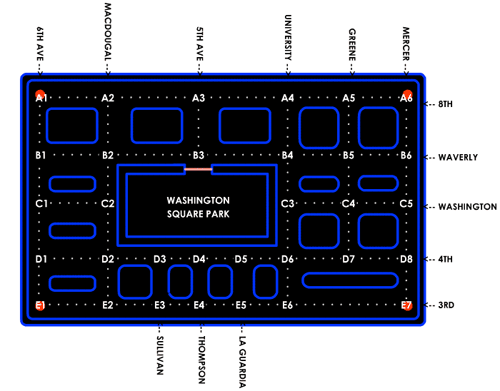
This tightrope walk between ordinary life and the game is what makes urban games so exciting.
这种在平凡生活和游戏之间走钢丝,正是都市游戏如此令人兴奋的原因。
To further illustrate how urban games differentiate themselves from traditional games, I will showcase 3 examples of how urban games expand the boundaries of the magic circle, in ways that traditional games can not. These forms of expansion are: Spatial, Temporal, and Social. Additionally, the selected examples were also chosen to illustrate the beginnings of Urban games.
为了进一步说明都市游戏如何与传统游戏区分开来,笔者将展示3个例子,说明都市游戏如何以传统游戏无法做到的方式,通过空间、时间和社交层面,扩展“魔法阵”的边界。此外,这些选定的案例也揭示了都市游戏的起源。
SPATIAL空间层面
One could argue that the roots of urban games stem from folk games such as Tag, Hide and seek, and many more. A folk game consists of a simple ruleset, which is easily explained by word of mouth, requires minimal to no equipment to be played, and is easily adaptable to any locale in which the game can take place in.
有人可能会认为,都市游戏源于民间游戏,如追人、捉迷藏等等。民间游戏由一套简单的规则组成,很容易通过口耳相传来解释,只需要很少甚至不需要任何设备就可以玩,并且随时随地都能玩。
These games are played primarily by children, in locales tailored to play, such as playgrounds. But as the nature of folk games makes them highly adaptable, they can be played in any location that socially permits play.
这些游戏主要由儿童在适合玩耍的地方玩,例如游乐场。但是,民间游戏的性质使它们具有很强的适应性,因此它们可以在社会允许玩耍的任何地点进行。
The location, in which the game is played, is an intrinsic part of the gameplay. The terrain provides obstacles and advantages that the player interacts with.
玩游戏的地点是游戏玩法的内在组成部分。地形提供了玩家与之互动的障碍和优势。
A great example of how the terrain is used, is the game “the floor is lava” in which participants assume a lusory attitude and imagine that the ground is lava and thus, may not be touched. All objects above the ground can be used as stepping stones and walkways. Depending on the player's interpretation of the rules, they may define which objects or constructs are “safe” to stand on.
如何使用地形的一个很好的例子是“地板是熔岩”游戏(网飞有同名综艺节目),参与者在游戏中采取一种娱乐性的态度,想象地面是熔岩,因此可能无法触摸。地面上的所有物体都可以用作垫脚石和人行道。根据玩家对规则的解释,他们可以定义哪些物体或结构是“安全”的。(很像国内现在出现的“方格大战”)
The act of repurposing everyday objects and locations to fit the needs of the urban game is an important aspect of play.
重新利用日常物品和地点以适应都市游戏的需求是游戏的一个重要方面。
TEMPORAL时间层面
One of the first established pervasive games is the assassination game Killer. In this game, each participant receives another player as a target, that they have to “assassinate” while trying to avoid an assassination attempt on themselves. To assess if a so-called hit was executed, an unbiased referee purveys the game's progression.
“杀人游戏”是最早建立的沉浸式游戏之一。在这个游戏中,每个参与者都会收到另一个玩家作为目标,他们必须“暗杀”,同时尽力避免针对自己的暗杀企图。为了判断是否“暗杀”成功,公正的“上帝”负责向大家提供游戏的进展。(很像国内现在出现的“猫鼠游戏”)
To perform an assassination, the player can use everyday objects as assassination tools. These objects are used in an imitative fashion to form a toolkit that an assassin would use. For example, a Gun is replaced with a banana. To poison someone, an assassin can use vinegar, with which they lace the targets drink. A stand-in for a bomb is an analog alarm clock.
为了进行“暗杀”,玩家可以使用日常物品作为“暗杀”工具。这些物品可以用来模拟刺客会使用的工具。例如,枪被香蕉取代;为了毒害某人,刺客可以使用醋,他们把醋掺入目标饮料;炸弹可以用闹钟代替。
An interesting aspect regarding Killer is how the players experience the game in a temporal fashion. The act of play is incorporated into the player's daily routine, as at any moment the player could stumble upon their target or be chased by their attacker. Thus the player fluidly switches between active and inactive play. This notion of inactive/active play is another unique aspect found in urban games.
“杀人游戏”有趣的点在于,玩家如何从时间层面体验游戏。游戏行为融入了玩家的日常生活,因为玩家随时都可能偶然发现他们的目标,或被他们的攻击者追赶。因此,玩家可以在主动和被动游戏之间流畅地切换。这种主被动游戏的概念是都市游戏的另一个独特方面。
Social社交层面
Another possible origin for the Urban game is the act of larping. Live-action role play, LARP in short, has evolved out of role-playing games, as players began to take the inherent mechanics/concepts from RPGs and adapt them for play in the real world.
都市游戏的另一个可能起源是“larping”。真人角色扮演,简称 LARP,是从角色扮演游戏演变而来的。玩家开始从角色扮演游戏中汲取固有的机制/概念,并将它们改编为现实世界中的游戏。
As urban games can take place anywhere, it is possible for players to interact with non-players while actively playing. Thus the nonplayers become part of the game without possibly even knowing of it. The Larp: Vampire the masquerades plays with this permeability in interesting ways. In this game, players assume the role of a vampire, living in our current age. The thematic throughline reinforces the dynamics between players and non-players, by stating in the guidelines that players may never tell a non player that they are a vampire. Thus the players have to obfuscate that a game is taking place while also participating in the game.
由于都市游戏可以在任何地方进行,因此玩家可以在积极玩游戏的同时与非玩家互动。因此,非玩家不知不觉成为了游戏的一部分。“吸血鬼化妆舞会”以有趣的方式处理了这种渗透性。在这个游戏中,玩家扮演吸血鬼的角色,生活在我们这个时代。贯穿的故事主线加强了玩家和非玩家之间的动态关系,指南中声明玩家永远不能告诉非玩家他们是吸血鬼。因此,玩家必须在参与游戏的同时混淆游戏的发生。
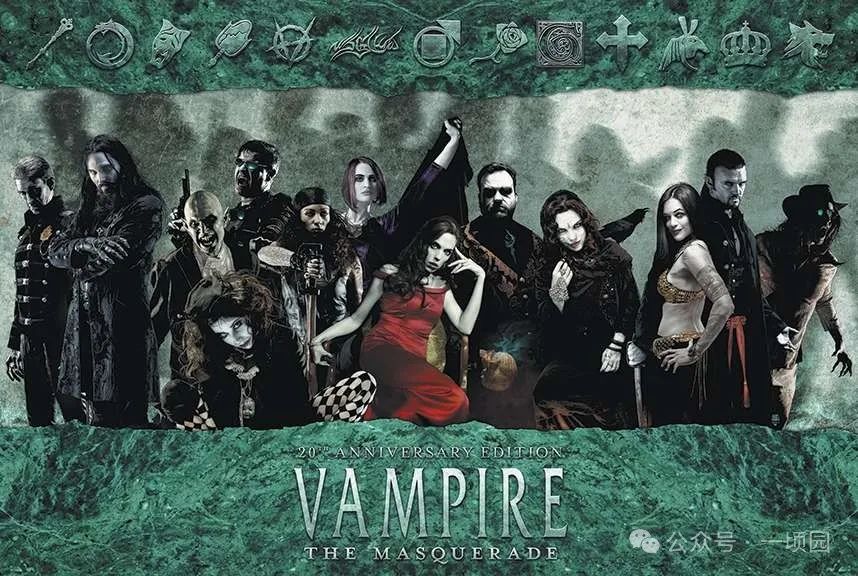
“吸血鬼化妆舞会” ©Facebook
The social interactions that are fostered between players and non-players are the final unique trait of urban games.
玩家和非玩家之间产生的社交性互动是都市游戏的另一个独特特征。
In short, Urban Game expands upon the Magic circle in three distinct ways compared to traditional games. The three expansions, spatial, temporal, and social provide new possibilities for designers to create unique interactions, that would not be possible otherwise.
简而言之,与传统游戏相比,都市游戏从空间、时间和社交三个层面扩展了“魔法阵”。这三个层面的扩展为设计师创造独特的互动提供了新的可能性,这是其他游戏形式目前无法实现的。


